May 22, 2025 | 22:37 GMT +7
May 22, 2025 | 22:37 GMT +7
Hotline: 0913.378.918
May 22, 2025 | 22:37 GMT +7
Hotline: 0913.378.918
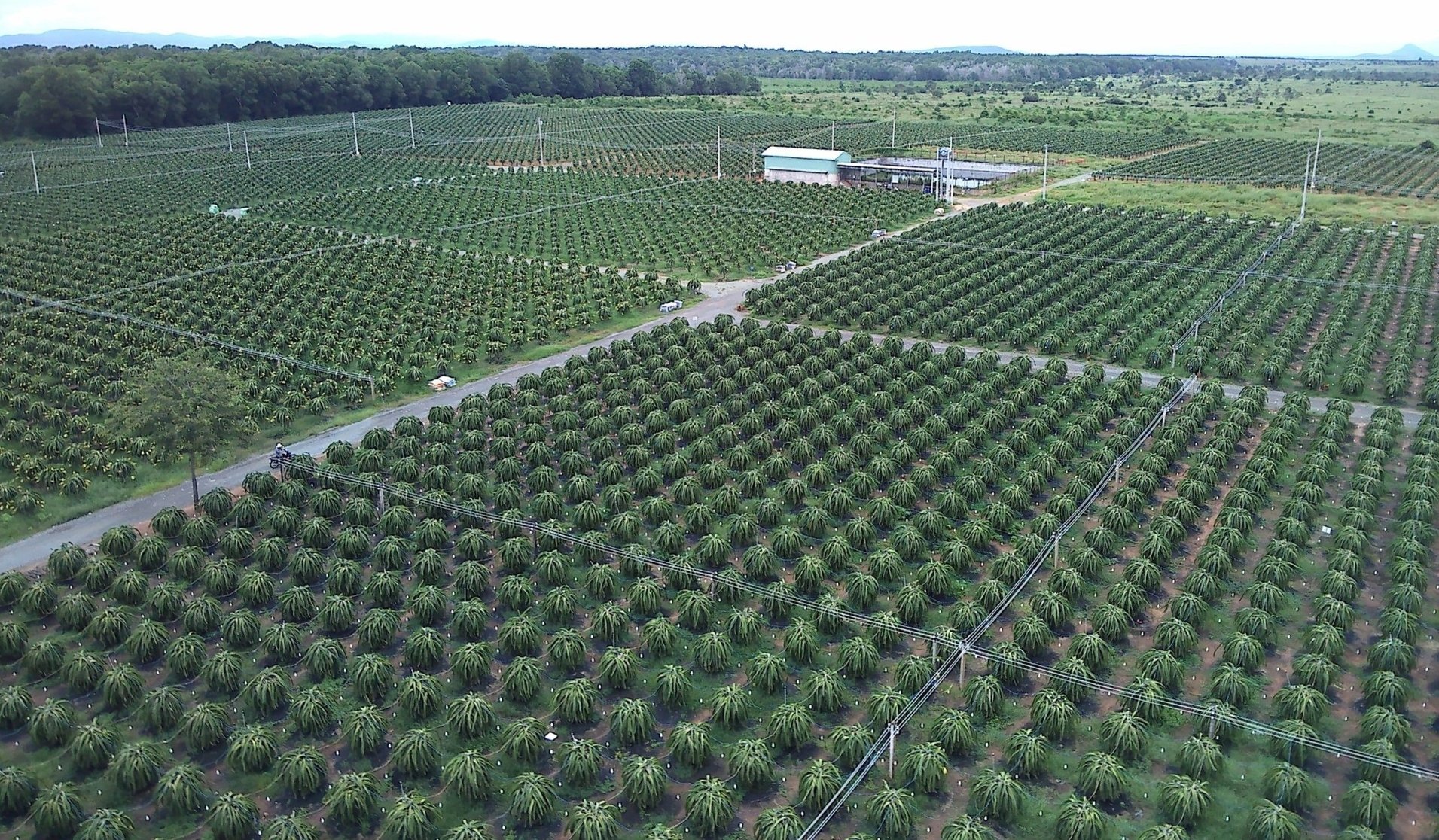
Currently, Binh Thuan province has hundreds of dragon fruit Production Unit Codes. Photo: KS.
Binh Thuan province has nearly 28,000 hectares of dragon fruit growing, with an output of more than 600,000 tons. According to the Department of Cultivation and Plant Protection, about 85% of production is for export. The rest is for domestic consumption.
Binh Thuan dragon fruit has appeared in more than 20 countries, mainly in Asia, such as Hong Kong, Taiwan, China, Philippines, Korea, Singapore, Thailand, Malaysia, Myanmar, Indonesia, Qatar, and India. India, UAE. Some have been exported to Germany, the Netherlands, Russia, Spain, Canada, the USA, Australia, and New Zealand.
The province has 653 dragon fruit Production Unit Code (PUC) and 318 packing house codes (PHC). 596 PUCs are in operation, including 10 codes for exporting to Japan, 81 codes for the USA, 94 PUCs for China, 119 PUCs for Korea, 146 PUCs for exporting to New Zealand, and 146 PUCs exported to Australia.
PUC is an identification number for a growing area to monitor and control production and pests and trace origins.
Of 249 active PHCs, 225 are exported to China, 10 are exported to New Zealand, 10 are exported to Australia, and the rest are from other markets.
Mr. Trinh Anh Hao, Ham Minh commune, Ham Thuan Nam district, shared that the farm has 30 hectares of dragon fruits that have been granted PUC from 2020, with an output of about 1,000 tons per year. Currently, his garden is produced according to GlobalGAP standards and is associated with companies that export dragon fruits to Japanese and Chinese markets.
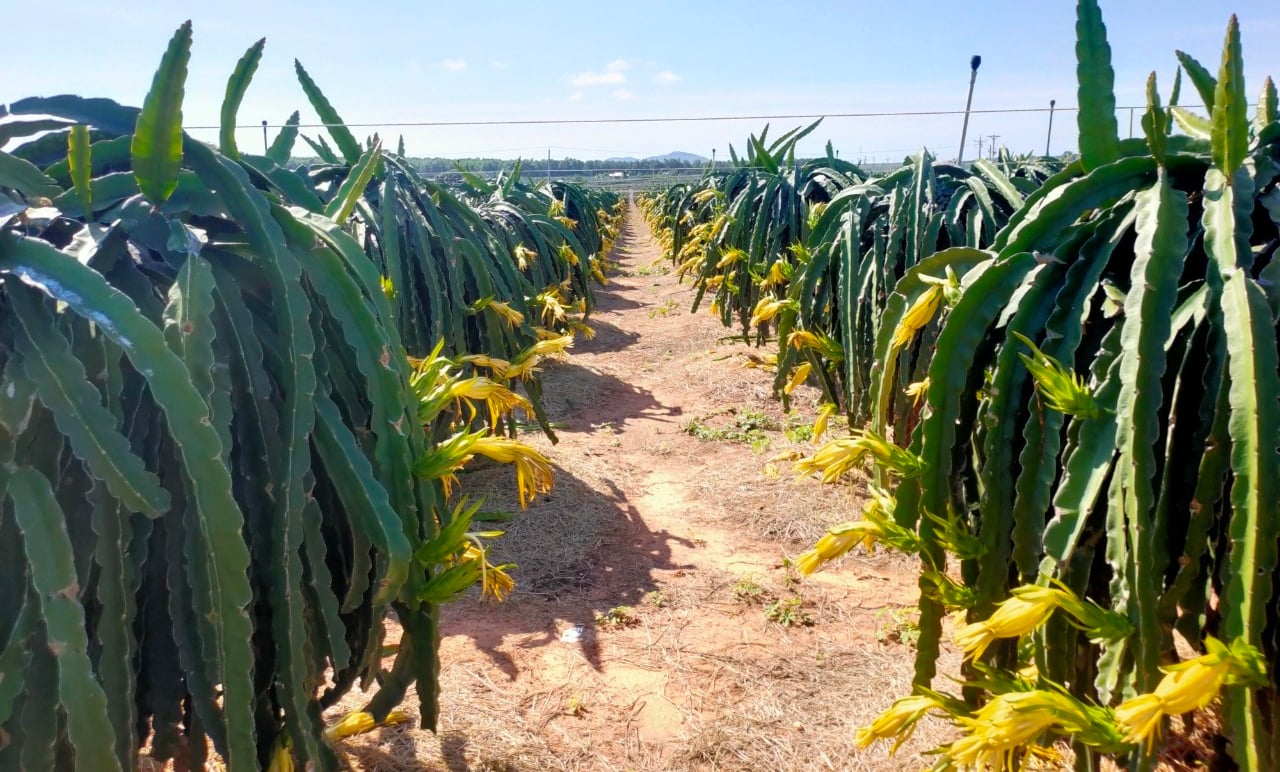
Binh Thuan is the capital of dragon fruit production in the country. Photo: KS.
"Thanks to the PUC, dragon fruit is eligible for export and can be sold at a good price," Mr. Hao said. According to this farmer, the PUC is the key to improving the quality reputation and expanding the product market.
Mr. Do Van Bao, Director of Binh Thuan Plantation and Plant Protection Sub-Department, said: "The digitization of dragon fruit growing areas helps people standardize the care process, manage plants and developing regions, and closely monitor the environment harmful substances and use the correct list of permitted pesticides.
Through the process of propaganda, dragon fruit growers in Binh Thuan mainly consider the PUCs as a passport ticket. Complying with food safety, phytosanitary, and traceability regulations is mandatory.
Recently, with the support of the Ministry of Agriculture and Rural Development (MARD) and UNDP, Binh Thuan province has implemented an electronic traceability system model to track the origin and "carbon footprint" of each dragon fruit produced.
With this system, domestic and international consumers buying or importing dragon fruits from the vital production area of Binh Thuan, Vietnam, can now scan QR codes to trace the origin of the fruit and the level of "green" or environmentally friendly practices applied to its production in the most transparent manner.

Binh Thuan is trying to promote the granting of Production Unit Codes and packing facility codes to serve dragon fruit exports to other countries. Photo: KS.
In the context of the green transition in agriculture, this is an essential tool for local producers and businesses in Vietnam to monitor and manage the greenhouse gas emissions of the supply chain and avoid unnecessary barriers when exporting to high-value markets, often in places moving towards cross-border carbon adjustment mechanisms.
Four enterprises and dragon fruit production cooperatives participate in the "green" dragon fruit value chain, including Thanh Long Thuan Tien Cooperative (Ham Liem commune, Ham Thuan Bac district); Hoa Le Clean Dragon Fruit Cooperative (Ma Lam Town, Ham Thuan Bac district); Ham Minh 30 Dragon Fruit Cooperative, (Ham Minh commune, Ham Thuan Nam district) and Phuc Ha juice Co., Ltd. (Hai Ninh commune, Bac Binh district).
In Europe, dragon fruit is an expensive agricultural product. Europeans prefer fruits weighing about 400g. The price of each fruit on the retail market can be up to VND 200,000.
Aware of this, Binh Thuan province is committed to closely inspecting and monitoring growing areas and packing facilities that have been granted codes to avoid impersonation and violations related to using codes.
Besides the main crop of dragon fruit, Binh Thuan province has begun to expand other crops such as bananas, mangoes, longans, durian, etc. At the same time, Binh Thuan's agricultural sector issues and manages PUC and PHC following MARD's guiding spirit.
Along with durian, mango, and banana, dragon fruit are Vietnam's main export agricultural products. This agricultural product was the most exported in ten years.
Binh Thuan province has been proposing to the MARD to include dragon fruit in the national key product group to have a strategy to build it into a sustainable development industry.
Translated by Tu Quyen
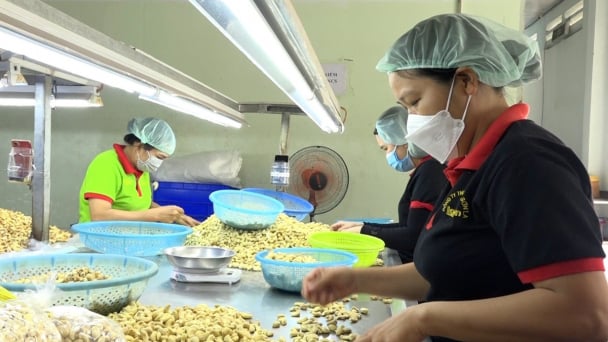
(VAN) Market expansion is a matter of survival for Vietnamese businesses amid fierce competition and global supply chain fluctuations.
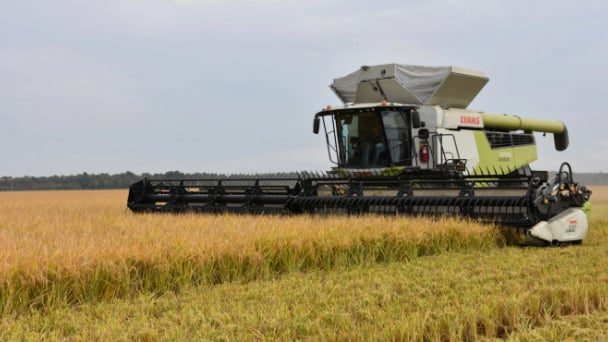
(VAN) Global market prospects for U.S. long-grain rice for the upcoming marketing year.
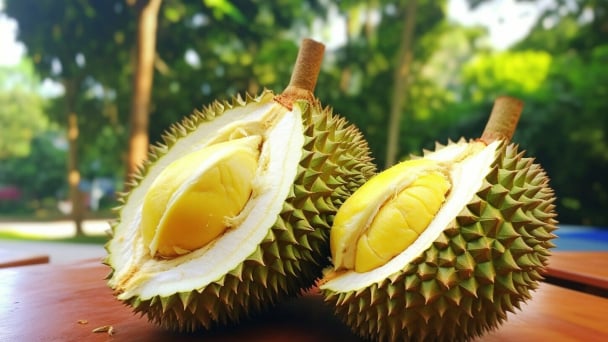
(VAN) China’s General Administration of Customs started permitting fresh durian shipments from Cambodia after a phytosanitary protocol was signed with the Cambodian Ministry of Agriculture in late April.
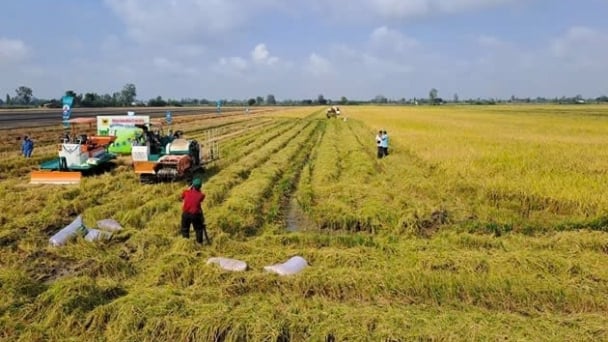
(VAN) To operate carbon market, one of the key issues is determining which types of 'commodities' meet the standards to be traded on the market.
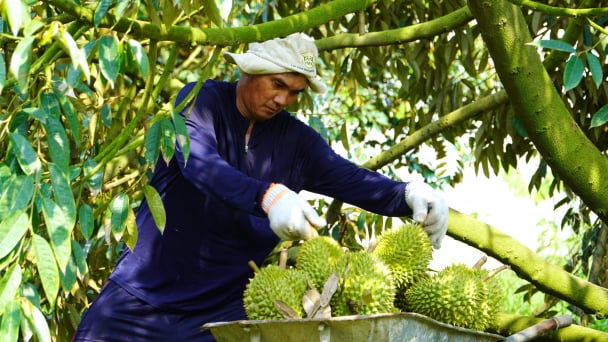
(VAN) Durian-producing localities need to coordinate more effectively with central authorities to improve the traceability, monitoring, and response systems in case of violations.

By minimizing waste, embracing modern technology, and expanding into niche markets, SalMar - the second largest producer of Atlantic salmon in the world has built a successful strategy to conquer the global market.

(VAN) One of the key factors for businesses to effectively take advantage of tariff preferences under these FTAs is the rules of origin.